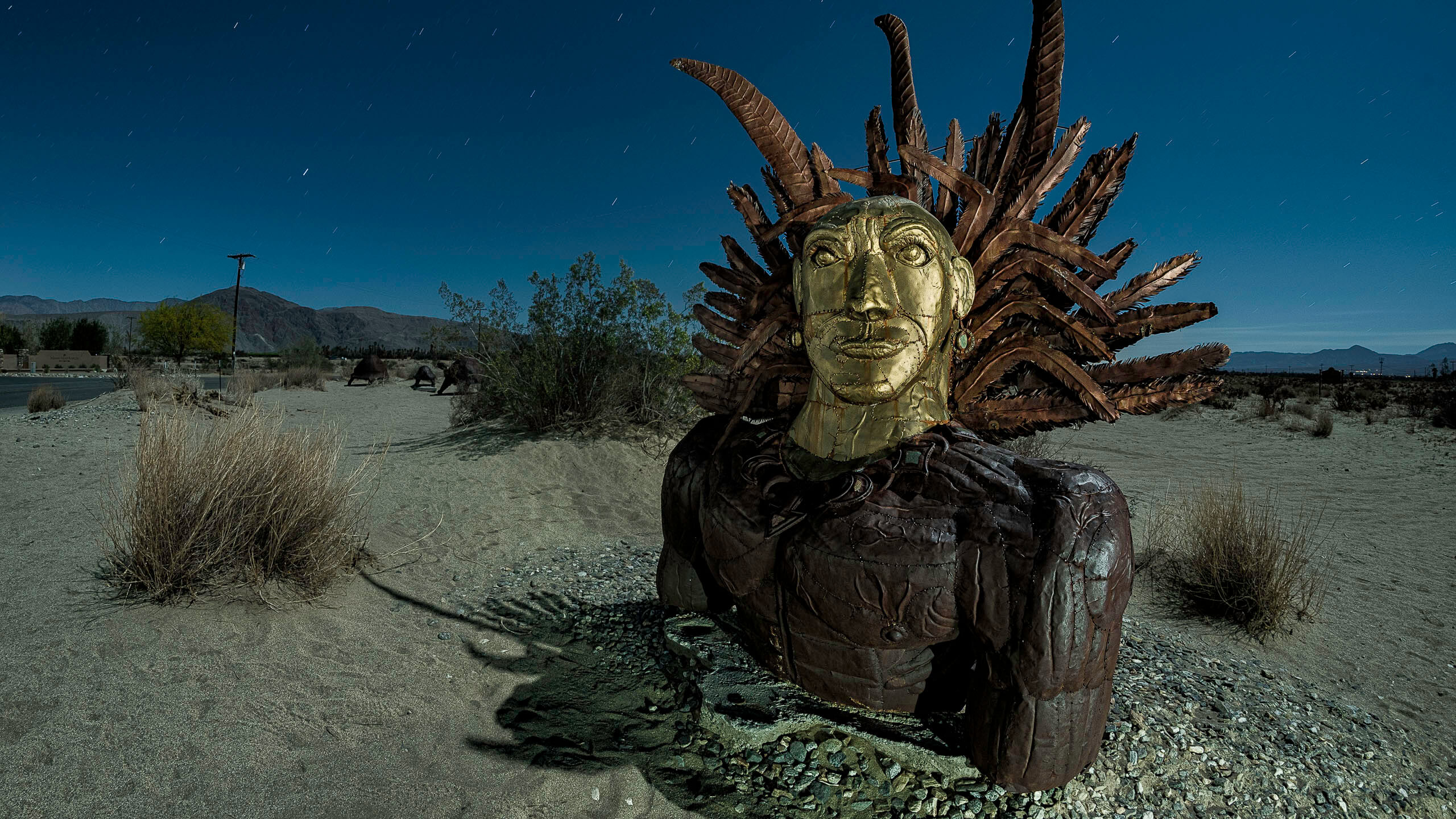What is digital noise? What causes it? How do we reduce it? We look into the answers.
What is noise in photography?
Digital noise is caused by the camera sensor amplifying the signal, resulting in random variations of either color or brightness. Regrettably, this causes irregular pixels that interfere with the luminance and tonality of the photograph. Night photographers photographing with high ISO settings in dark conditions are particularly familiar with noise.
What kinds of digital noise are there?
- Random noise is statistically random variations in the brightness, as the name implies.
- Banding noise is a type of semi-fixed-pattern noise that manifests as faint vertical or horizontal stripes.
- Fixed pattern noise manifests itself as repetitive patterns of bands of color or brightness superimposed on the image.

How do we reduce noise in the field?
To reduce pattern noise in low light photography, you can try using a lower ISO setting.
Depending on the situation, you could also try a shorter exposure time. Additionally, some cameras have a “long exposure noise reduction,” or LENR, feature. This can help reduce pattern noise by taking a second exposure of equal length with the shutter closed and subtracting the noise from the first exposure. However, doing so effectively doubles the time that it takes to render the exposure, tying up your camera in the field even longer.
And finally, you can do something similar to LENR and take an equal exposure of equal length with the lens cap on, then apply that in post-processing. It’s still time-consuming, but you can likely take only one of these dark subtractive photos and then get on with your business for a while, just doing so occasionally.
Regardless, it’s not always possible to get rid of all noise. For the rest, we can use post-processing.
Denoising on your computer
I have been using Topaz Labs Denoise AI for over a year now. To me, it works almost magically, employing machine learning to determine what is noise and what is not, then effectively getting rid of it.
Is it perfect? No, of course not. No noise reduction software is. But it is really great. And this is coming from someone who is a night photographer. I’ve written about Topaz Labs Denoise AI several times. I’ve tested it in low light with high ISO settings. I have also compared Topaz DeNoise AI to stacked exposures of the night sky. And it keeps getting better as machine learning evolves.
Several other software manufacturers also utilize AI to address noise issues, including DxO PureRAW. AVC AI Image Denoiser works by uploading your image. I have not tried either. Currently, I’m using Topaz although I should mention that the noise reduction in Radiant Photo doesn’t seem to get enough love. It’s surprisingly good, and I believe it too uses AI.
Source link




Leave a Reply